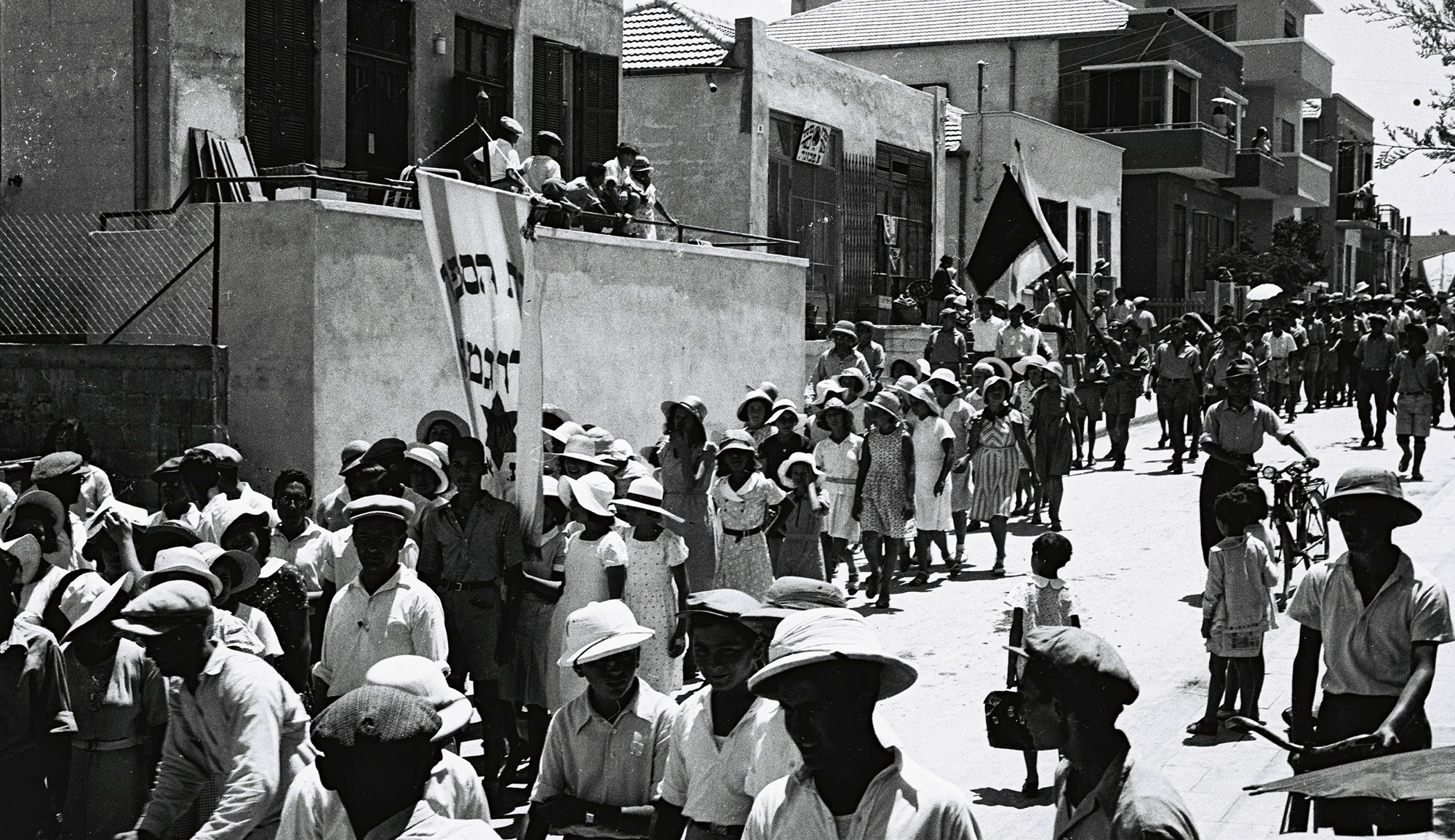According to the book of Kings, after Solomon’s death Jeroboam led the ten northern tribes of Israel to secede. To prevent his subjects from making pilgrimages to the Temple in Jerusalem, he
then set up two sanctuaries, one in the territory of Dan and another in Bethel—complete with golden calves, their own priests, and their own festival. Jonathan S. Greer explores what the archaeological record says about these sanctuaries:
[S]cholars have found subtle details suggesting that Jeroboam’s cult was traditional in nature [and may still have focused on the worship of biblical God]. His calves, many would argue, may be best understood as familiar Canaanite vehicles for the invisible deity enthroned above them. . . . His choice of the sites of Dan and Bethel, too, apparently reflected a sensitivity to honor venerable memories of a pre-monarchic past, [e.g., Jacob’s sojourn in Bethel recorded in Genesis]. . . .
On the one hand, excavations at the site of Tel Dan suggest a high degree of convergence between the finds and the biblical accounts. Excavations there have revealed a large Iron II [i.e., from the period between 1200 and 586 BCE] sacred precinct marked by temple-like architecture, cultic paraphernalia, the remains of what was likely a massive four-horned altar (based on comparative proportions, probably the largest in Israel), and animal-bone concentrations that suggest intensive sacrifice and sacred feasting. Further, many of the reconstructed practices of the Danite worshipers appear to be consistent with prescriptions found in biblical priestly texts.
Excavations at the site of Betin (which many identify as ancient Bethel), on the other hand, have not yielded a major sanctuary comparable to that at Dan from this time and show only sparse evidence for activity at the site in the early Iron II [period] and even less in the [subsequent] Neo-Babylonian and Persian periods.
More about: Ancient Israel, Archaeology, Davidic monarchy, Hebrew Bible, History & Ideas


